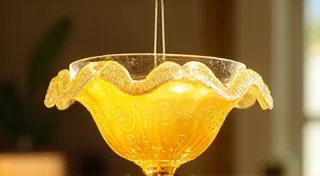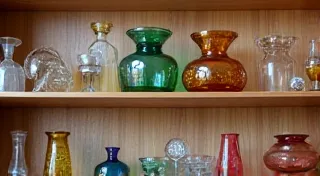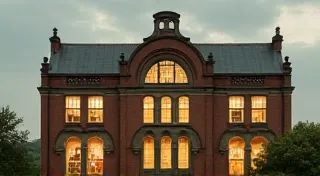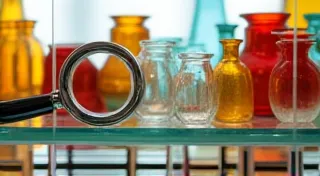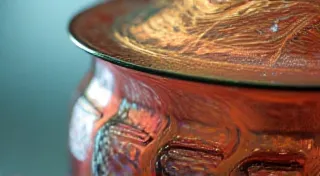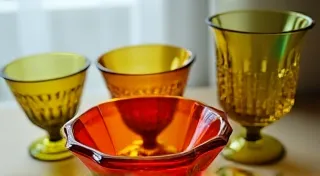The Influence of the Victorian Era on Carnival Glass Design
Carnival glass, with its dazzling iridescence and whimsical patterns, captivates collectors and enthusiasts alike. While its peak production period was in the early 1900s, the aesthetic foundations of this unique glass are deeply rooted in the preceding Victorian era. Understanding this historical context is crucial for appreciating the design choices and enduring popularity of carnival glass. Before diving into the Victorian influences, it's helpful to understand what carnival glass actually *is*. For those new to the world of collecting, a beginner's guide to carnival glass offers a solid introduction to its defining characteristics.
A Time of Ornamentation & Excess
The Victorian era (roughly 1837-1901) was a period of immense change and dramatic aesthetic shifts. Following the relatively restrained Regency era, Victorian design embraced ornamentation, richness, and a desire to evoke fantasy and escapism. This was a response to the rapid industrialization occurring during the time - a way to bring beauty and charm into a world increasingly dominated by factories and mass production. Think elaborate wallpaper, heavily draped furniture, and a love for natural motifs rendered in incredibly detailed fashion. This obsession with detail extends beyond furniture; collectors are often keen to learn about identifying carnival glass patterns to better understand their history and value.
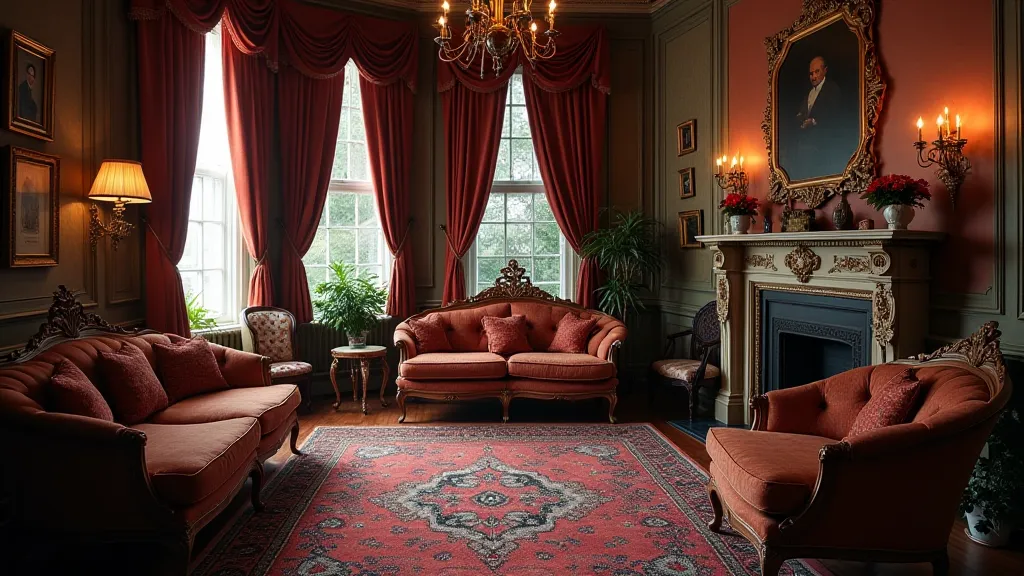
Victorian Design Elements Reflected in Carnival Glass
Several key Victorian design elements directly influenced the patterns and motifs we see in carnival glass. Let’s explore some of the most significant:
- Floral Motifs: Victorian design was obsessed with flowers – roses, lilies, irises, and countless other blooms were ubiquitous. This love translated directly into carnival glass patterns like "Rose," "Lily," and "Iris." The swirling iridescence of the glass perfectly complemented the organic beauty of floral representations. The creation of these patterns wasn’t always straightforward, and discerning genuine carnival glass from imitations is a common challenge – a topic explored in more detail for those interested in carnival glass vs. iridescent glass.
- Nature-Inspired Patterns: Beyond flowers, Victorian artists and designers drew inspiration from the natural world. Butterflies, peacocks, ferns, and vines found their way onto decorative items – and carnival glass was no exception. Patterns like “Butterfly” and “Fern” are testament to this influence. The vivid depictions of nature weren't solely decorative; they often carried symbolic meanings relevant to Victorian culture.
- Orientalism: The Victorian era saw a renewed interest in Eastern cultures, often romanticized and filtered through a Western lens. This "Orientalism" resulted in patterns featuring stylized paisleys, dragonflies, and other motifs borrowed (and adapted) from Asian art. Carnival glass patterns often showcased this influence, offering a sense of exoticism. It’s worth noting that this interpretation of Eastern aesthetics wasn’t always accurate or respectful, reflecting the broader complexities of Victorian colonial attitudes.
- Art Nouveau Influence: Though technically a separate movement, Art Nouveau strongly overlapped with the late Victorian era, influencing its aesthetics. Art Nouveau embraced flowing lines, organic shapes, and a focus on natural forms. These characteristics are strikingly evident in many carnival glass patterns, contributing to their graceful and elegant appearance. The intertwining of these styles is frequently a source of fascination for collectors, as it blurs the lines between distinct artistic movements.
- A Desire for Whimsy and Fantasy: The Victorian era wasn’t all about stuffy formality. A strong undercurrent of whimsy and fantasy permeated the culture, fueled by fairy tales, folklore, and a desire to escape the realities of industrial life. Carnival glass, with its bright colors and playful patterns, perfectly embodied this spirit. The vibrant colors and unique patterns weren’t simply about aesthetics; they provided a much-needed escape from the sometimes-grim realities of Victorian life.
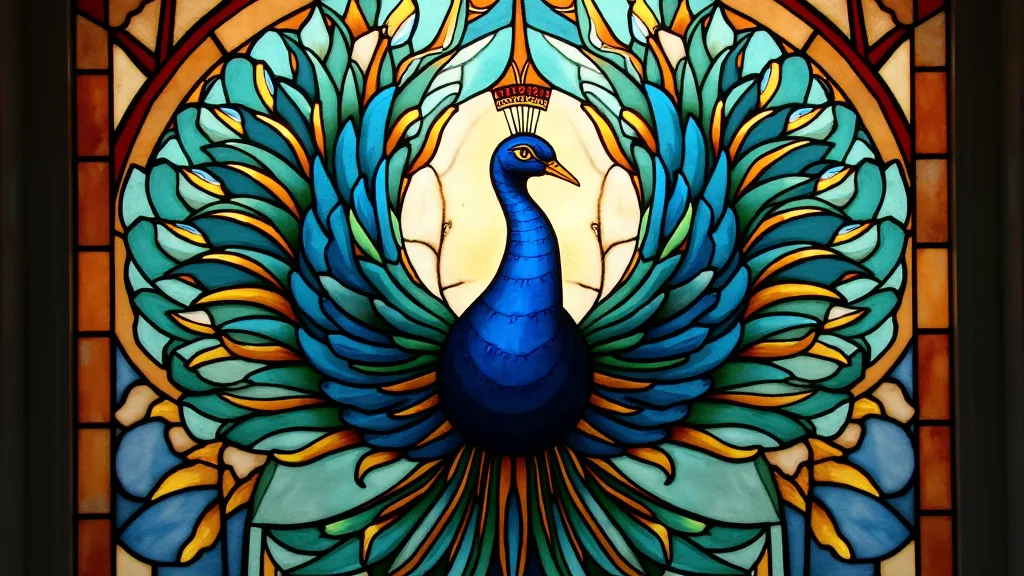
The Timing: Mass Production Meets Artistic Inspiration
The rise of carnival glass coincided with advancements in glass manufacturing processes. The "random swirl" iridescence, a defining characteristic of the glass, was a byproduct of a specific cooling process—one that was both economical and visually appealing. This allowed manufacturers to produce aesthetically pleasing pieces at a price point accessible to a wide audience, fueled by the Victorian appetite for beautiful, affordable decorative items. The process itself wasn’t always predictable, contributing to the rarity and uniqueness of many carnival glass pieces. Furthermore, understanding the nuances of this manufacturing process helps collectors avoid common pitfalls, as highlighted for those wanting to learn about common mistakes carnival glass collectors make.
The Victorian Aesthetic: Deeper Dive
Beyond the direct design influences, understanding the broader Victorian aesthetic provides further insight into the appeal of carnival glass. The Victorian era valued sentimentality, domesticity, and a fascination with the exotic. Carnival glass, with its bright colors, playful patterns, and relatively affordable price point, perfectly embodied these values. It brought a touch of luxury and escapism into the homes of the middle class, providing a welcome distraction from the harsh realities of industrial life. Victorian homes were often meticulously decorated, showcasing a desire to create a comfortable and aesthetically pleasing environment – a context that perfectly sets the stage for the popularity of carnival glass.
Victorian Social Context and Carnival Glass Ownership
The rise of carnival glass ownership is intrinsically linked to the burgeoning middle class of the Victorian era. As industrialization created new wealth, more families could afford decorative items that had previously been the exclusive domain of the aristocracy. Carnival glass, produced in relatively large quantities and at a reasonable price, became a symbol of this newfound prosperity. It was often displayed prominently in Victorian parlors and dining rooms, reflecting the family’s taste and social standing. The accessibility of carnival glass also contributed to its widespread appeal, allowing families to personalize their homes and express their individual style.
Color Symbolism in Victorian Design and Carnival Glass
Victorians assigned specific meanings to colors, and this symbolism influenced the hues found in both decorative arts and, consequently, in carnival glass. For example, red often symbolized passion and energy, while blue represented serenity and trust. Green was associated with nature and prosperity. These color associations informed the selection of colors used in carnival glass patterns, adding another layer of meaning to these beautiful objects. Certain color combinations became particularly popular, reflecting the prevailing tastes and trends of the time.
The Enduring Legacy of Victorian Influence
Even today, the influence of the Victorian era can be seen in contemporary design. The emphasis on ornamentation, the appreciation for natural motifs, and the desire for escapism continue to resonate with designers and consumers alike. Carnival glass, as a product of this fascinating era, serves as a tangible reminder of the Victorian spirit – a blend of ornamentation, fantasy, and a yearning for beauty in a rapidly changing world. Its continued popularity among collectors and enthusiasts speaks to the enduring appeal of Victorian aesthetics.
Understanding the Connection – A Deeper Appreciation
By recognizing the Victorian roots of carnival glass design, collectors and enthusiasts can gain a deeper appreciation for its artistry and historical significance. It’s more than just a pretty glass; it's a tangible link to a fascinating era of aesthetic experimentation and a yearning for beauty in a rapidly changing world. When you admire a piece of carnival glass, you’re not just looking at a beautiful object, but also a reflection of the Victorian spirit – a blend of ornamentation, fantasy, and a desire to bring a touch of magic into everyday life.

